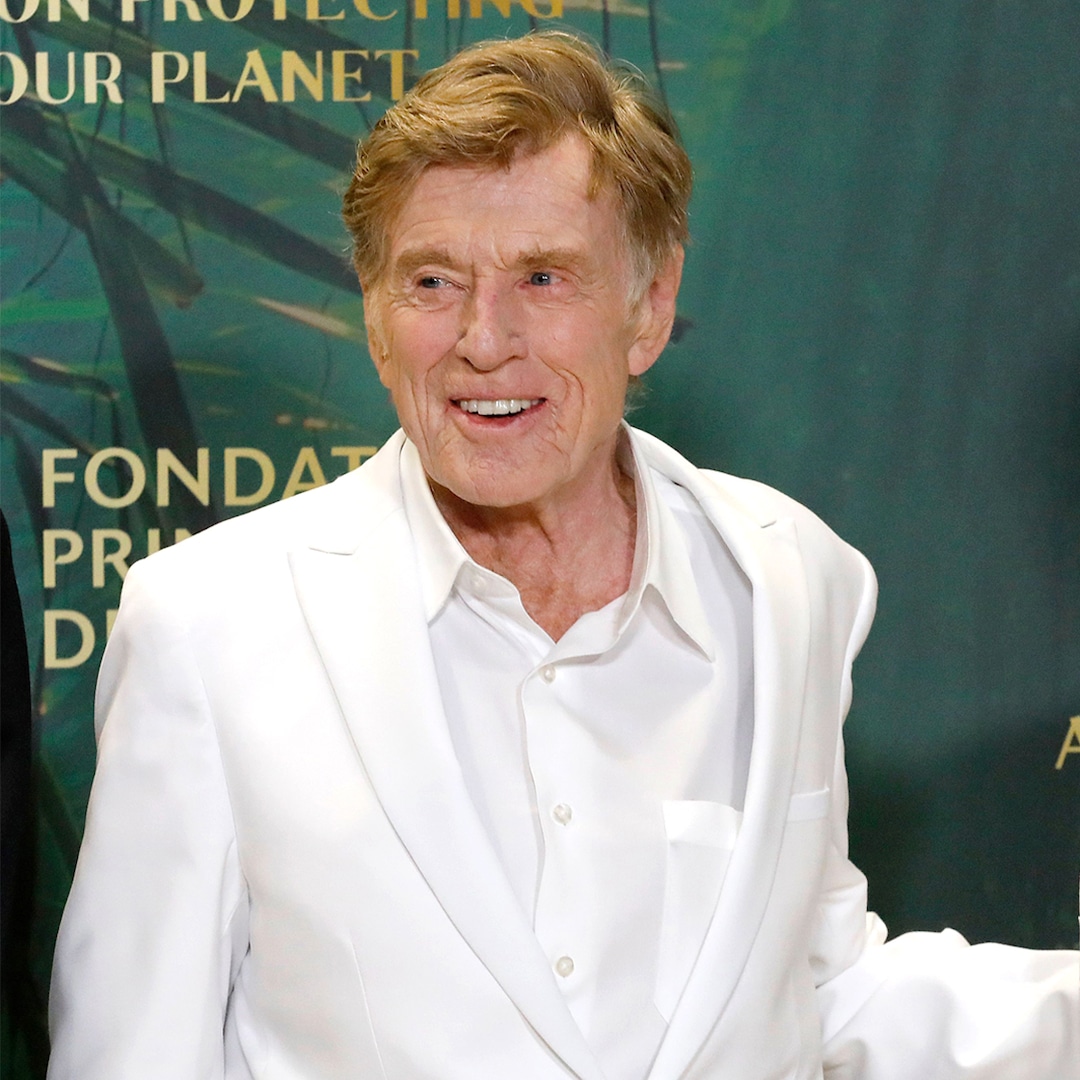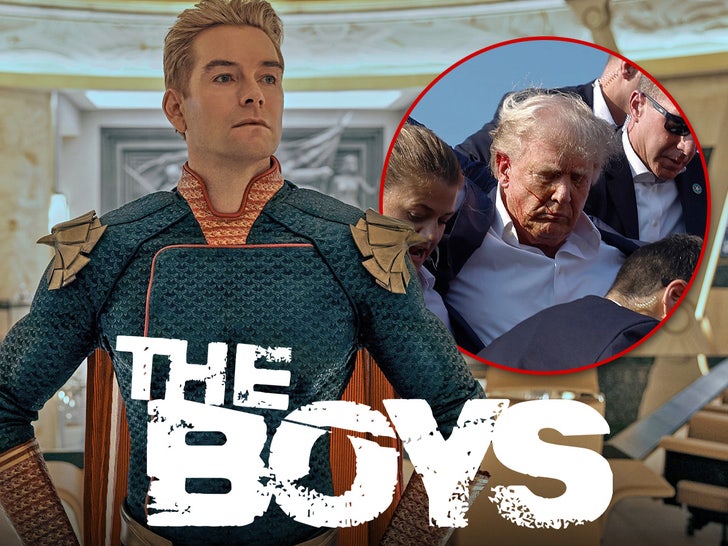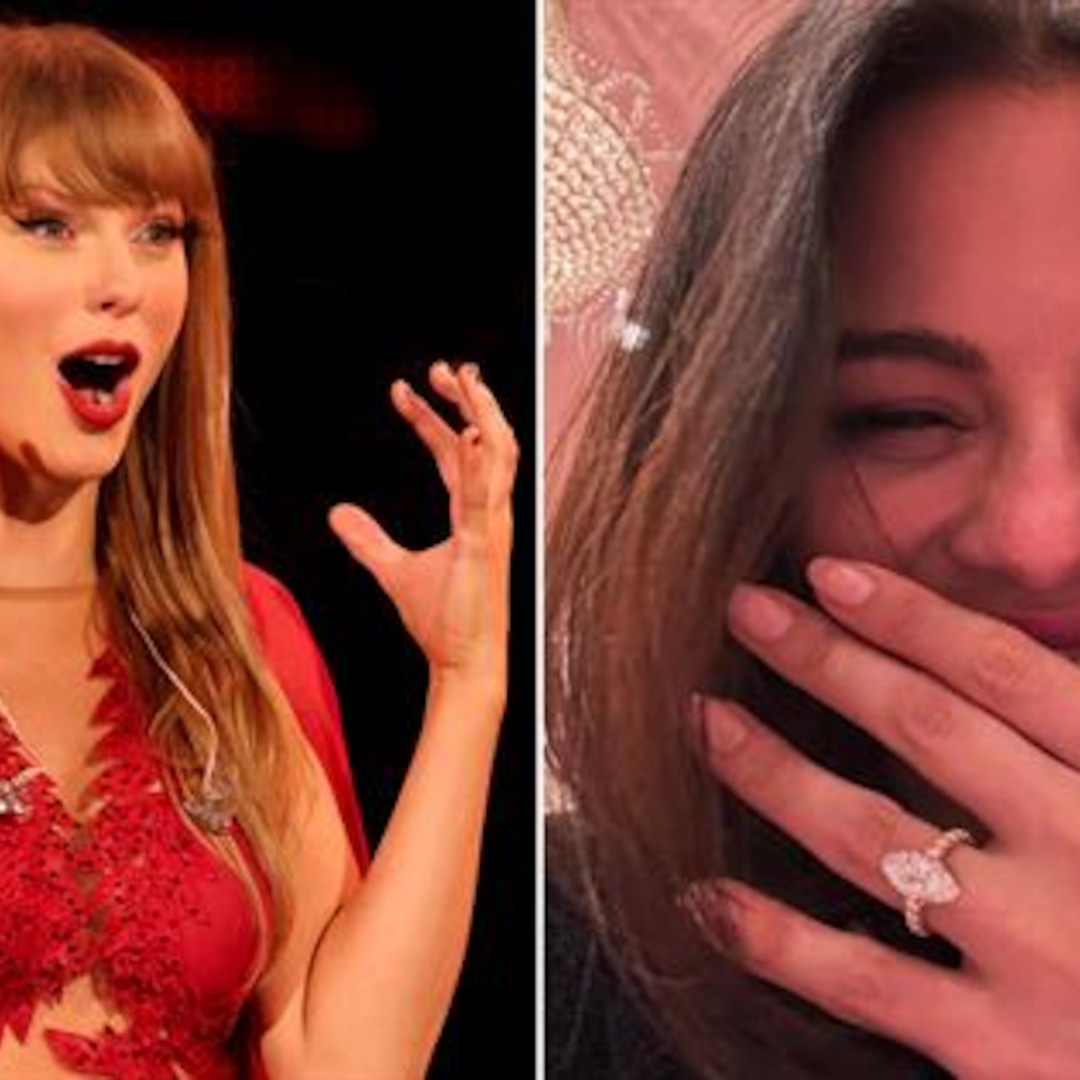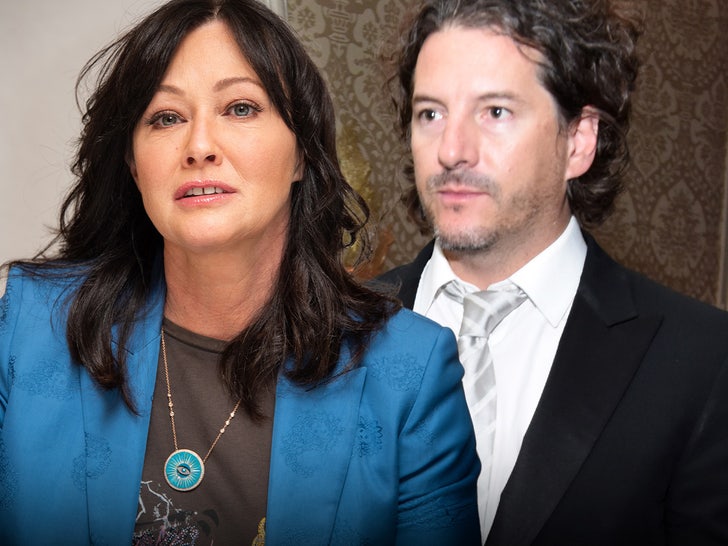Robert Redford once tried to yell cut on his legendary career, but as it turns out he’s great at everything but quitting.
Weeks after floating his plan to “move towards retirement” in 2018, he told The New York Times, “I can’t imagine stopping at all, but just moving forward onto new territory.”
And the multihyphenate certainly covered a lot of ground before he died Sept. 16 at the age of 89, his decades-long career seeing him star in a slew of films like All the President’s Men, The Sting, The Natural and Butch Cassidy and the Sundance Kid and step behind the camera to direct movies like Ordinary People.
His publicist confirmed his passing in a statement to E! News, noting “he died at his home at Sundance in the mountains of Utah.”
“The place he loved, surrounded by those he loved,” his publicist added. “He will be missed greatly. The family requests privacy.”
He was born Charles Robert Redford Jr. on August 18, 1936 to parents Charles Sr. and Martha. Growing up in Santa Monica in the 1940s, Redford was a gifted athlete with a rebellious streak, often skipping school.
“I was not a good student through my entire life. My mind was out the window. I drew underneath the desk. I drew pictures,” Redford said in a 2013 interview with NPR. “I wasn’t learning the way I was supposed to learn, and I think I realized that my education was going to happen when I got out in the world and engaged with other cultures, other places, other languages and had the adventure of exploration. And I felt, ‘That’s my education.’”
Wanting to get out of California, he started college at the University of Colorado, Boulder.
“I wasn’t happy,” Redford admitted in a 1998 interview with The New Yorker. “I was drinking, and talking all the time about going to Europe, dreaming about Utrillo and Matisse and Braque. I wanted to be in that place, where they’d been. I’d wanted out of L.A., but Colorado wasn’t far enough.”
So, in 1956, he dropped out of school and moved to Europe, seeking new opportunities to learn about the world.
“Around the time I went to Europe, I got interested in who I was,” Redford continued. “I felt as though a film had been ripped from my eyes. I’d done sports, I’d done trouble, and suddenly something clicked into place. I went everywhere with a pad, sketching, drawing pictures, making notes. A consciousness is what happened to me.”
When he returned, he briefly moved back home to Los Angeles, where he met and married Lola Van Wagenen, the two going on to welcome sons Scott (who died at just 2 months old in 1959) and James (who passed away at the age of 58 in 2020) and daughters Shauna and Amy during their 30-year marriage.
The newlyweds moved to New York so Redford could attend the Pratt institute in New York. He later transferred to The American Academy of Dramatic Arts, which is where Redford played Konstantin Treplev in a production of Chekhov’s The Seagull, the role he credited to shifting his viewpoint on being an actor.
“Something clicked,” Redford said to AARP in 2011. “It was the beginning of everything coming into focus with me.”
Starting with small stage and television roles, in 1962 he made his film debut in War Hunt. From then on, Redford had one of the most iconic careers in Hollywood, starring in a range of beloved films such as Butch Cassidy and the Sundance Kid, The Natural, The Way We Were, All the President’s Men and Out of Africa. And not content with simply working in front of the camera, he made a career out of producing and directing films as well.
A four-time Oscar nominee, Redford picked up his sole trophy as Best Director for 1981’s Ordinary People. He also received an honorary Oscar, known as the Jean Hersholt Humanitarian Award, in 2002 for his various roles in the film industry, including creating the Sundance Institute and Film Festival.
Redford’s involvement in Sundance also led him to wife Sibylle Szaggards. Meeting in the late 90s, several years after his divorce from Van Wagenen, while she was visiting his Sundance Mountain Resort, they married in 2009.
A lover of nature, Redford had first spied the land that would become the 2,600-acre resort while riding his motorcycle from California back to the University of Colorado, a habit that led him to take in many a stunning vista.
“There’s a mile long tunnel when you leave Fresno, California. You come out the other end, and suddenly, there’s Inspiration Point,” Redford recalled to TIME in 2018. “There in front of you is Yosemite National Park and all the magical beauty of that era-it looks like it was sculpted by God. That’s when I became not only aware of nature but almost addicted to nature in its purest form.”
It’s that passion that motivated him to consistently advocate for the environment, helping to save the Grand Staircase-Escalante National Monument in Utah, a 1.7-million-acre stretch of land that became a national monument under President Bill Clinton, creating a wildlife preserve in Utah, and serving on the board of the Natural Recourses Defense Council. He and his late son James Redford also founded The Redford Center, a non-profit organization that advertises environmental solutions through films.
“I realized how important the environment was for me, and how important it was to sustain it, the predominant thinking came from people who saw it in a different way,” Redford told Conor Schlosser, one of his seven grandkids, in an interview with Orion in 2024. “They saw the environment as something to destroy so they could build, something they could develop. So very early on, when I realized the importance of the environment, I also realized that I was going to have to play a role in protecting it, and it might not be easy.”
Keep reading for a look back at Robert’s life…
(E! and NBC News are part of the NBCUniversal family.)
1965
1967
Barefoot In The Park
1969
Butch Cassidy and the Sundance Kid
1970
Little Fauss and Big Halsy
1973
The Way We Were
1978
1980
Directing Ordinary People
1981
1985
Out of Africa
1988
1993
Indecent Proposal
1995
1998
The Horse Whisperer
2002
2007
2012
2013
2015
2018
The Old Man & the Gun
2021





